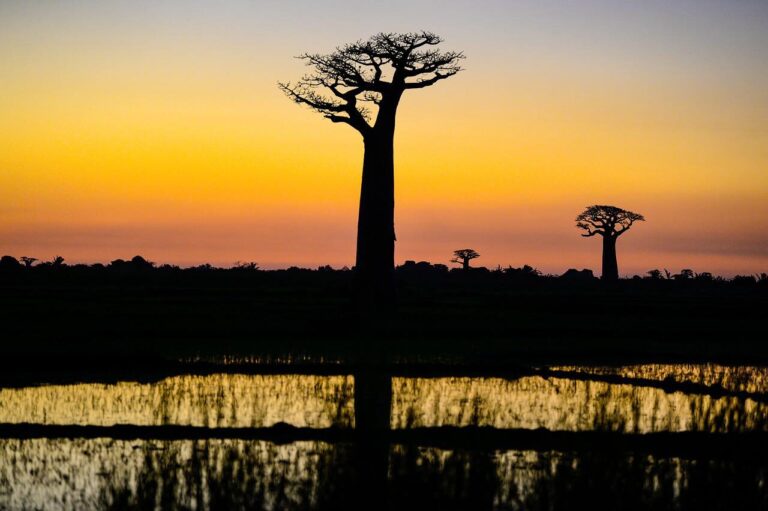Ministers and global delegates have called for a major expansion in early warning systems in Southern Africa to protect lives and livelihoods from increasingly extreme weather and climate change impacts.
The ‘Maputo Declaration on Bridging the Gap between Early Warning and Early Action’ will be one of the major outcomes of a conference being held in Maputo, Mozambique, September 5-9, 2022, organized by the Southern African Development Community (SADC), African Union Commission (AUC), the Government of Mozambique and other partners.
Petteri Taalas, WMO secretary-general, said, “Extreme weather and climate events such as severe floods, droughts, tropical cyclones and storms, heat waves and coastal flooding have eroded development gains and threaten the lives of hundreds of thousands. Early warnings are not a luxury, they are an essential tool in climate adaptation, and this is why African communities are one of the primary targets of the ‘Early Warnings for All’ campaign.”
Mami Mizutori, special representative of the secretary-general for disaster risk reduction and head of the UN Office for Disaster Risk Reduction (UNDRR), said, “One-third of the world’s people, mainly in the least developed countries and small island developing states, are still not covered by early warning systems. In Africa, 60% of people lack coverage. This is unacceptable. To help these countries meet Target G of the Sendai Framework, international support must be enhanced so that they can build and expand their early warning systems.”
Josefa L.C. Sacko, commissioner of agriculture, rural development, blue economy and sustainable environment (ARBE), African Union Commission, said, “The African Union Commission welcomes the UN Secretary General’s initiative on ensuring that everyone on earth is protected by early warning in the next five years. This call is timely, and it is our hope that the implementation of this initiative will build on the AU’s Africa Multi-Hazard Early Warning and Action System (AMHEWAS) to ensure that every African is protected in the next half-decade.”
Climate projections for Southern Africa point to an increase in the intensity and frequency of heat and heavy precipitation extremes as well as an increase in the length of dry spells, more frequent droughts and an increase of the most powerful Category 4-5 tropical cyclones.
The 2021/2022 rainfall season saw six cyclonic systems bring torrential rainfall that brought severe damage to the region within a period of six weeks, including Mozambique and Madagascar. South Africa suffered deadly floods in April 2022, killing hundreds and forcing thousands out of their homes. Southern Madagascar is gripped by a prolonged and acute drought.
The host country Mozambique was hit by Tropical Cyclone Idai which caused devastation to the city of Beira and the Province of Sofala in Mozambique in 2019. It was followed a month later by Tropical Cyclone Kenneth, the strongest cyclone ever recorded in the Southern Hemisphere, which hit Northern Mozambique. The two cyclones killed more than 700 people and displaced 420,000.
Although early warnings were issued, they did not reach those who needed them most. In the case of Idai, nobody expected a storm of such magnitude, and the warnings did not communicate the potential impact and damage, particularly to vulnerable homes in poor communities. In addition, the early warnings were not used to initiate anticipatory action in the critical time window between forecast and actual cyclone landfall, which could have mitigated the impact of the torrential rains and devastating winds ahead of time.
The Maputo ministerial meeting will therefore discuss how to scale up impact-based forecasts and risk-informed warnings for all. It will contribute to an integrated framework to achieving UN secretary-general António Guterres’s five-year action plan for universal early warning systems.
WMO will present a blueprint of the integrated framework to the UN Climate Change Conference, COP27, in Egypt in November 2022.



